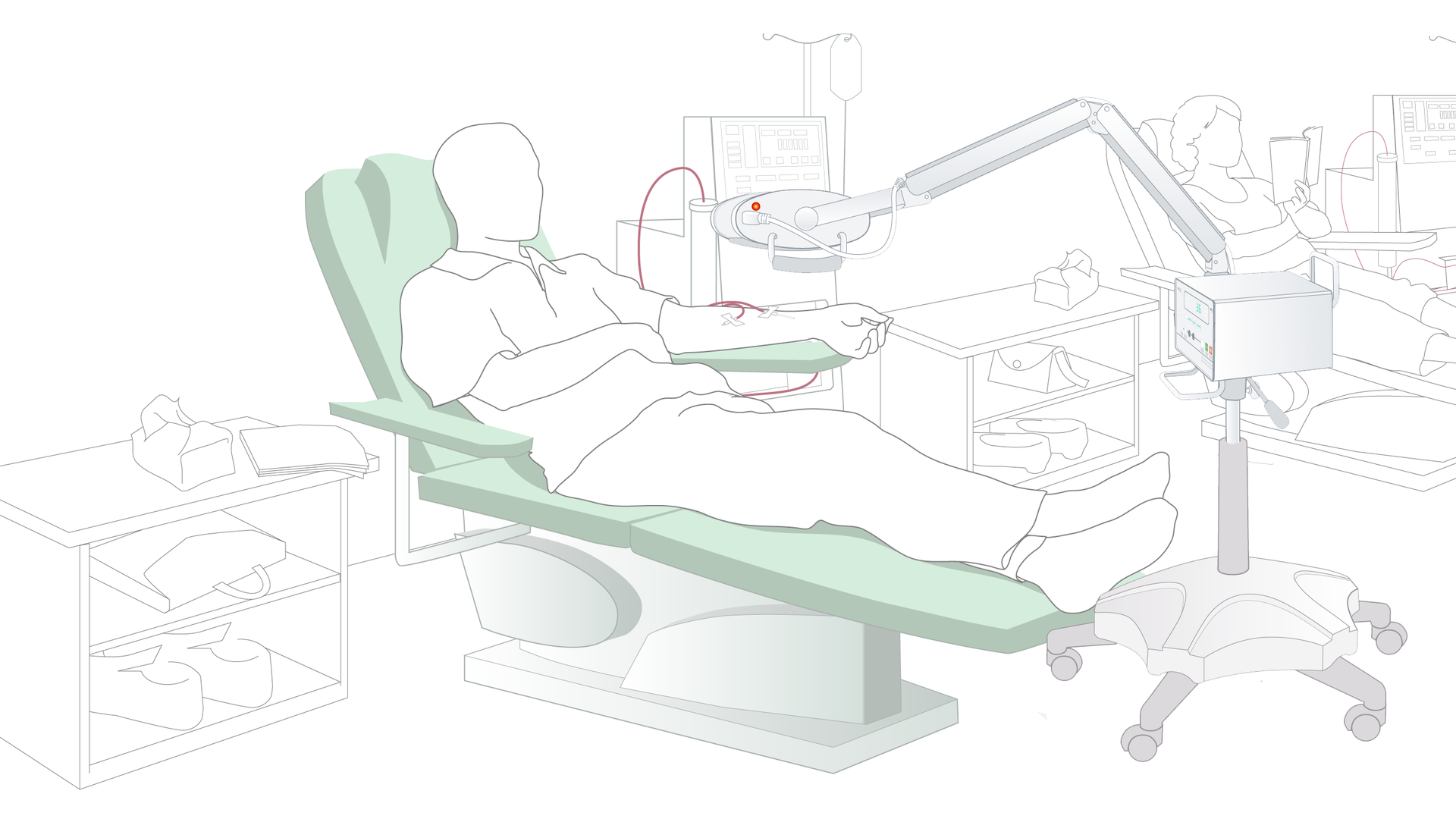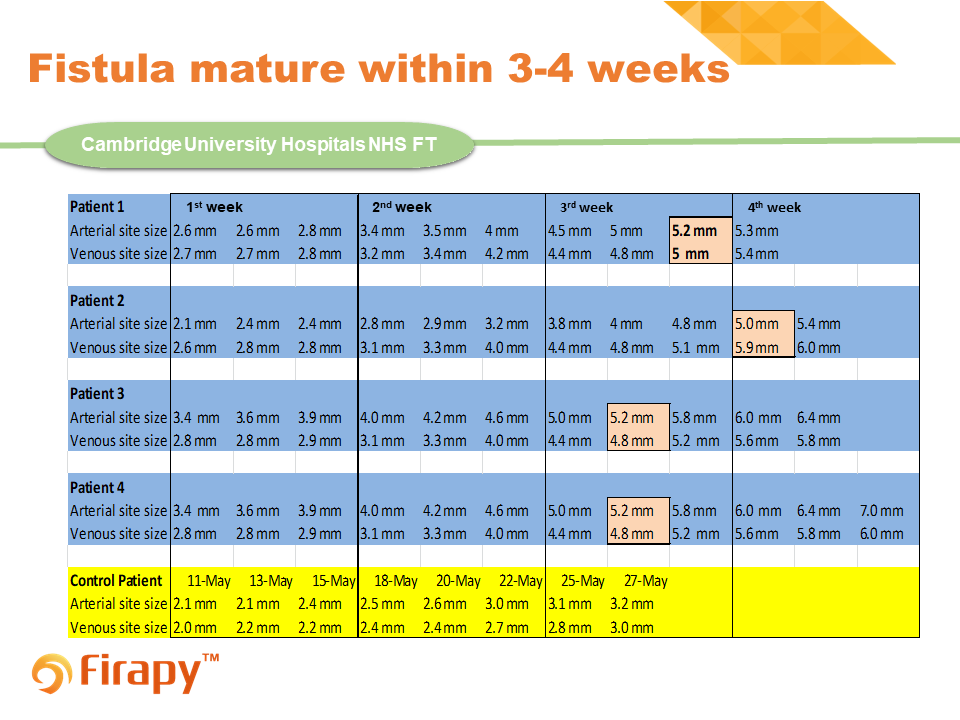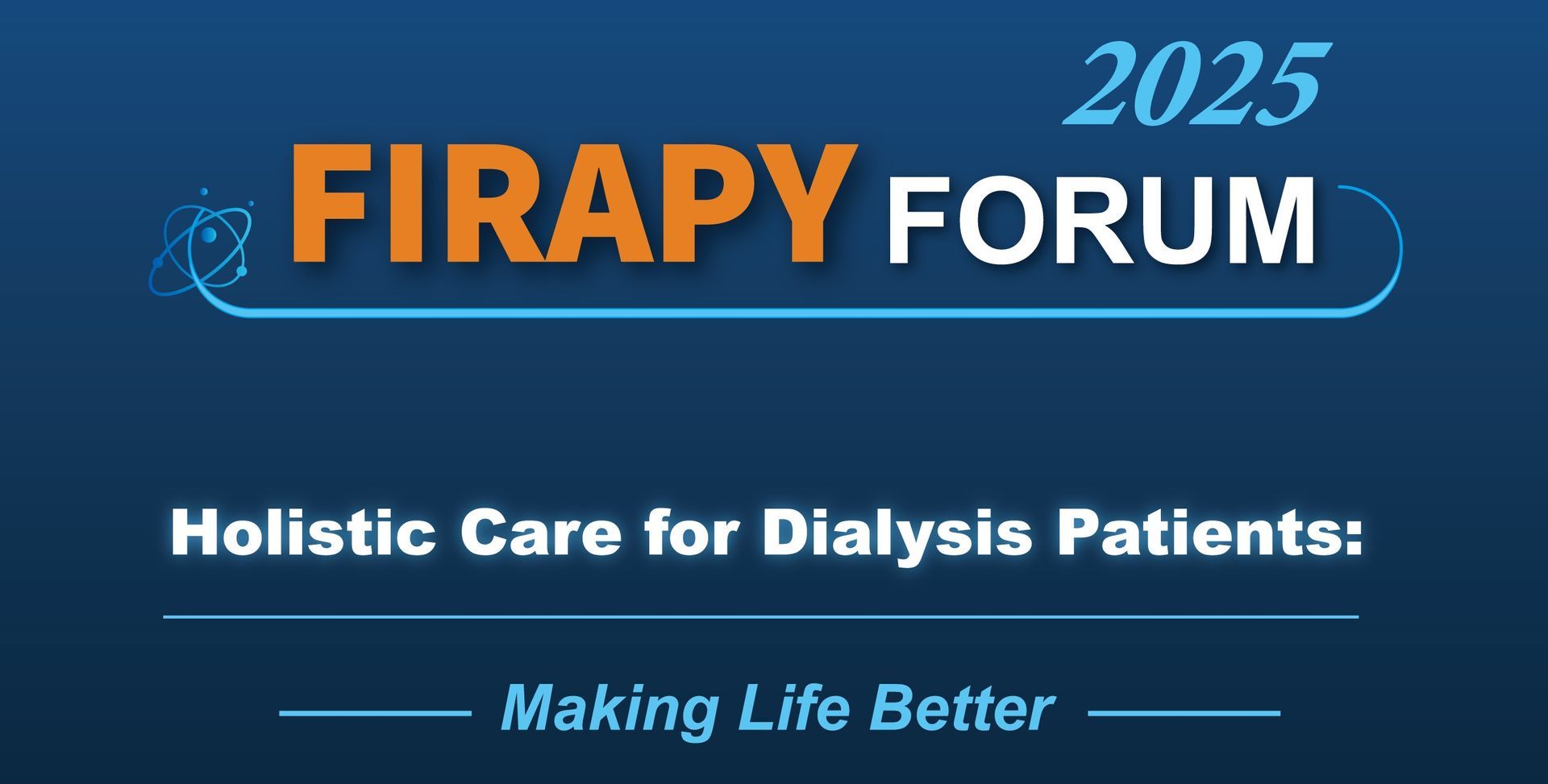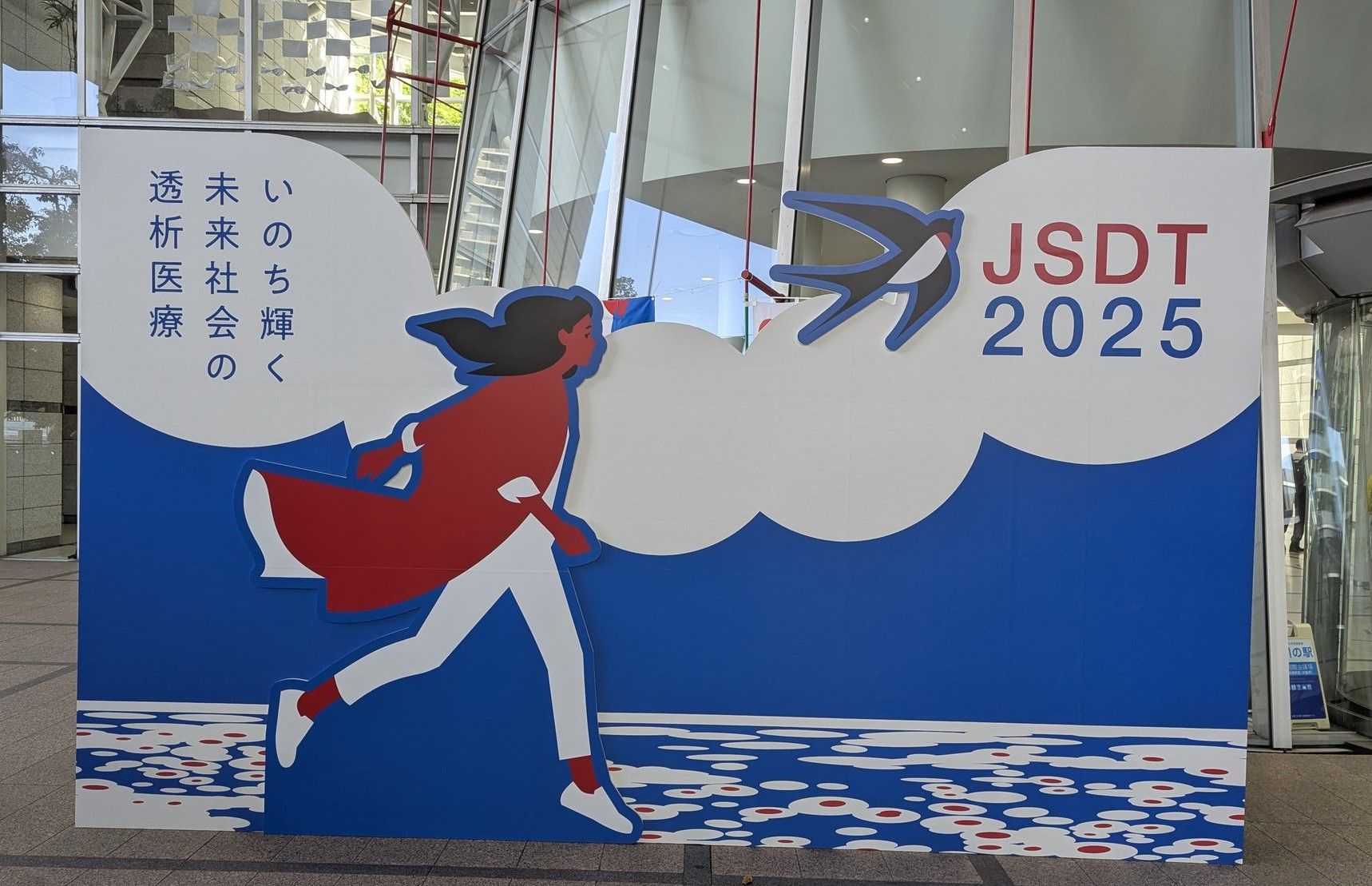What is FIR treatment?
It is an invisible electromagnetic wave, transfers energy that is perceived as heat by thermoreceptors (about 2 cm depth) in the skin (Capon et al, 2003)
The thermal effect will cause vasodilation and improves blood flow and it reduces inflammation.
The therapy is given for 40 minutes at some point during dialysis (Yu et al, 2006) 3x per week post AVF creation for 3 weeks
The machine is pre-set to 40 minutes per treatment then automatically switch off.
FIR emitter should be 20 to 30 cm above the fistula with the emitter rays directly
above the AVF.








